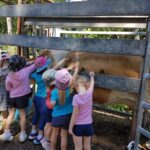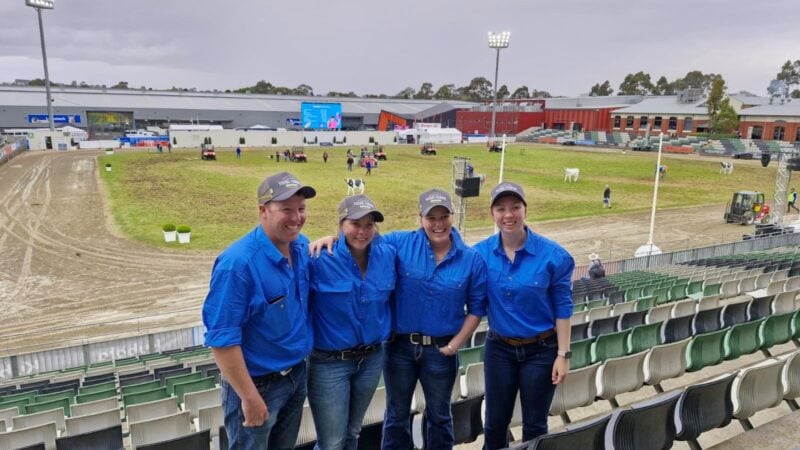The Kids to Farms program, a federal government initiative that is being delivered to NSW…
Stronger farms build stronger regions: report
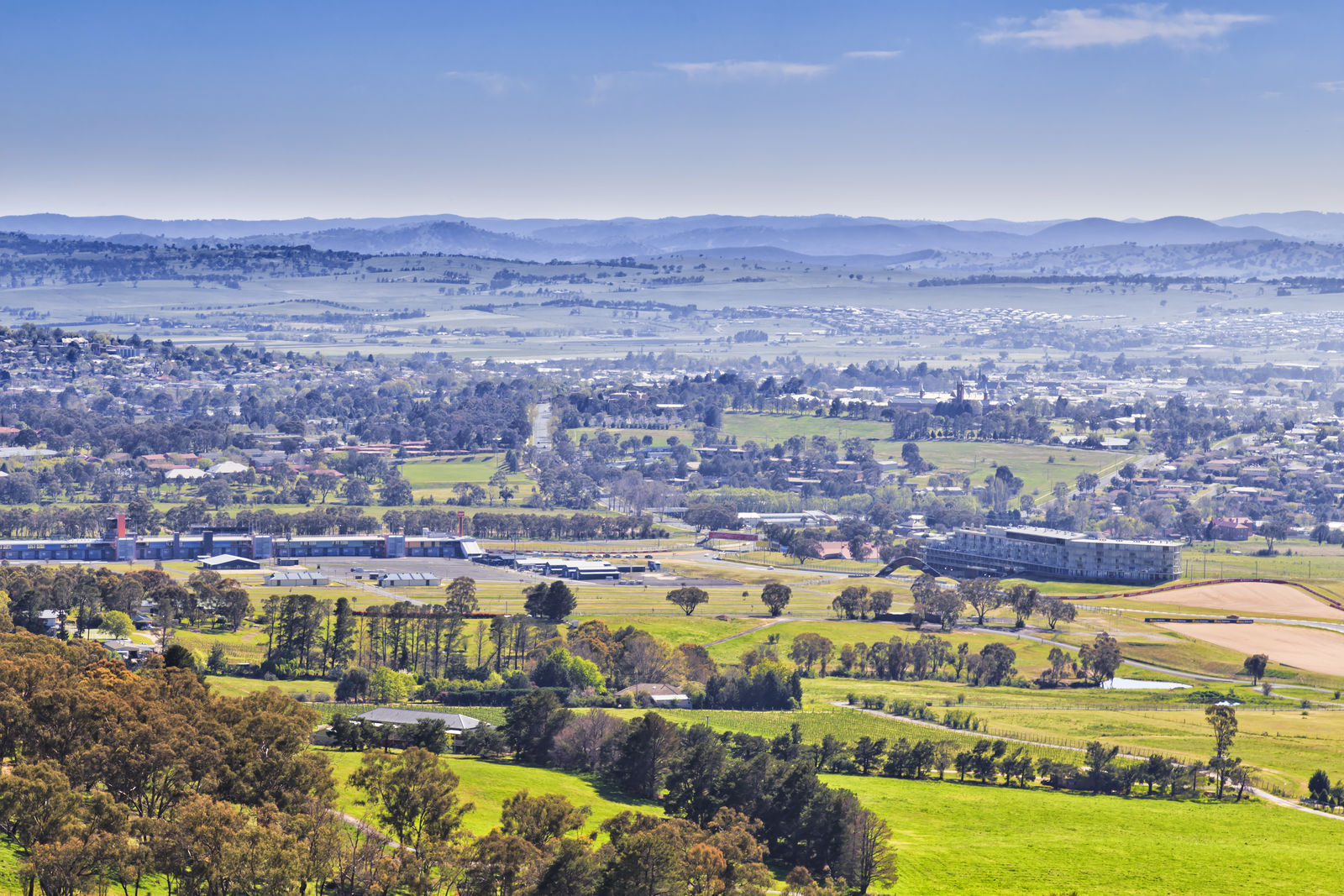
Commissioned by NSW Farmers, the Stronger Ag Stronger Regions report found connectivity, infrastructure and workforce were key factors to the success of both farming and the regions, with strong potential to deliver lasting economic stability.
The AFI report defines Regionalisation as the improvement of social and economic networks to ensure a more even geographic balance of population distribution.
It is not a new policy area, and it is not as simple as government increasing
spending on regional infrastructure to drive regionalisation.
�This report confirms what we�ve suspected for some time, that the fates of farms and farming communities and closely intertwined,� NSW Farmers President James Jackson said.
�Agriculture is an increasingly important sector both in terms of economic output and food security, and we�re playing a key role in removing carbon from the atmosphere.”
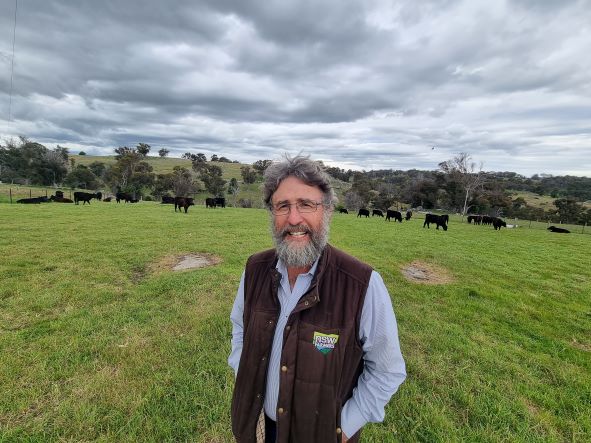
�Hopefully, this report will prompt governments to further invest in rural and regional communities and the future of agriculture, as we will get a win-win for everyone.�
NSW Farmers President James Jackson
While both the state and federal governments have regional growth priorities, Mr Jackson said these need to complement each other and respond to the needs of regional communities. He said the report identified five policy priorities that would help drive future success:
- Regional jobs, education and training
The skills needed in the agrifood sector are in a state of transition, and current and future generations need to be equipped with the tools to navigate a changing world increasingly shaped by technology and consumer preference. - Uptake of digital technology
There�s still a �great dividing range� between urban and country users of technology, impacted largely by poorer connectivity. Acceleration of digital infrastructure investment and tech adoption incentives, particularly for agriculture, must be equally prioritised. - Physical access to markets
New South Wales is geographically large and inefficiencies in infrastructure cost time and money, impacting access to markets and global competitiveness. Investment in essential and connecting infrastructure is a must, but so is working with business to explore viable opportunities for attraction of complementary businesses in the agriculture supply chains. - Energy efficiency
Incentivising regionally-targeted (not just located) renewable projects will not only contribute to net carbon emissions goals, but will decrease energy costs and attract workers to the regions. - Better livability
The inconvenient truth of gaps in services between urban and regional communities can not be ignored. But not every regional town is the same, and we need a �place-based� approach to regional investment, particularly for health, telecommunications, and education.
Stage set for regional growth
Regional Australia saw a surge in popularity during the COVID-19 pandemic. Lower population density resulted in lower infection rates and greater freedoms for those living outside of metropolitan areas. Remote working opportunities and state and international border restrictions also presented an opportunity for city dwellers to see what was in their backyard. The statistics showed they liked what they saw, and a trend in migration away from our major cities well and truly continued throughout the pandemic.
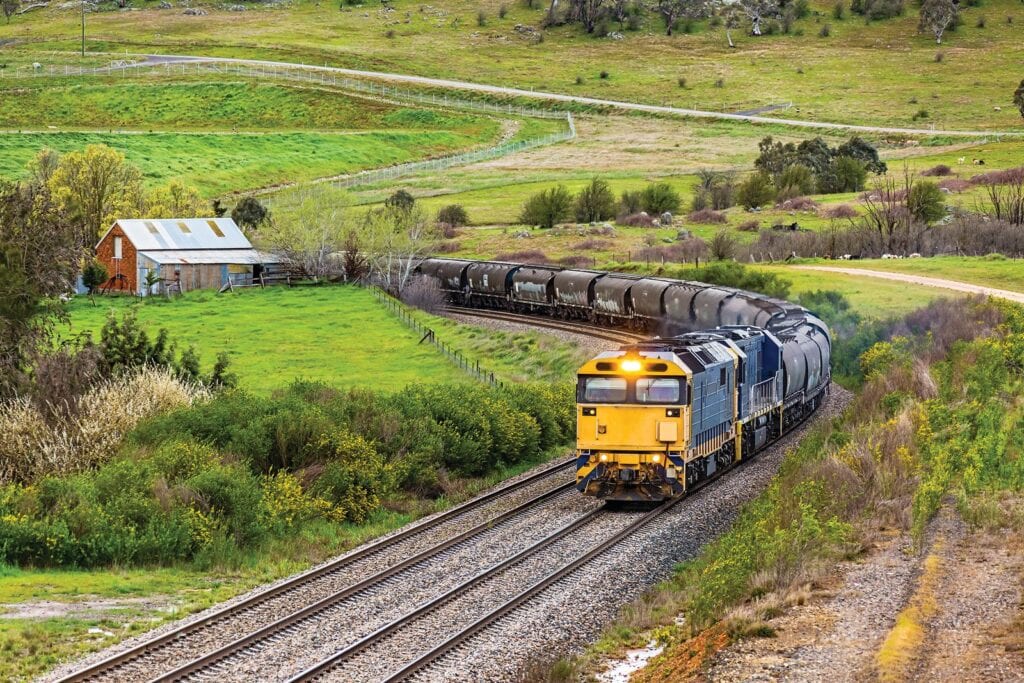
Now that regionalisation is firmly on the agenda, policymakers are re-entering the debate on how we make sure our country towns not only survive but thrive. In former incarnations, region-building involved decentralising the public sector, but we now know that driving regional prosperity requires more than relocating a government department; it demands a holistic approach that considers livability and opportunity.
For James Jackson and NSW Farmers, it�s a win-win situation.
�NSW Farmers has a goal of growing the agriculture sector in our state to $30 billion by 2030, and that means more regional jobs and more opportunities for our communities,� Mr Jackson said.
�When COVID arrived, people started flocking to the regions and there�s clearly a strong level of interest in developing these towns and cities in the right way.
�What we�re doing is looking at every possible way to grow into the future, and with the right support from governments on investment and things like managing land use, we can make sure there�s opportunities for everyone.�
Improving mobile connectivity in the bush is critical in building stronger regions. Read more here.



